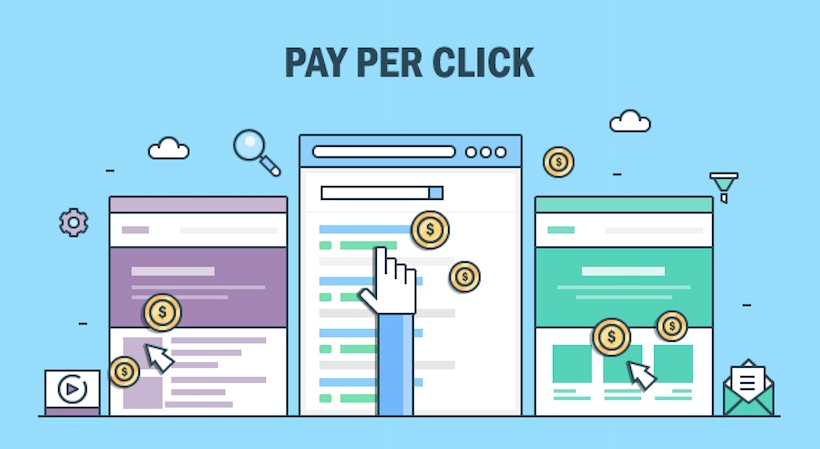When budget is tight, paid search is often the easiest thing to cut. So we understand the decision to scale back on the amount of money you put into your PPC campaign if you need to find a way to decrease your marketing spend.
However, paid search is still extremely important to your SEO, and it shouldn’t just be scrapped or ignored entirely. Below are 4 tips for optimizing your PPC campaign when facing a low budget.
4 Ways to Optimize PPC Campaign on a Tight Budget

1. Continue the components that have been successful, and scale back on those that have been underperforming.
You definitely don’t want to cut back on the ad groups and keywords that have been performing well and converting at high rates. These are keeping your campaign in motion and probably driving most of the ROI from it.
Instead, identify the keywords that haven’t been converting very well and the ad groups that haven’t been meeting your performance goals.
Pausing these will allow you to save the money you’re currently spending on them and either put it to better use now or toward an increased budget later.
2. Look for a component of your campaign that you can keep consistent through budget cuts.
It’s important to understand which parts of your campaign can be maintained continuously. Think carefully about which ad groups and keywords you want to pause.
Perhaps you can pause all keywords except for the exact match ones in order to most closely refine your presence and target your audience.
Or maybe you should continue your top five high-performing ad groups, and pause the others. Whatever you choose, try to maintain some consistency in your strategy.
3. Optimize for performance, not volume
This should always be a major part of your overall paid search strategy, but it’s especially important to consider when figuring out how to scale back.
There are so many different metrics to look at. Which ones should drive your decision? The answer is, you should be paying less attention to volume metrics (like number of clicks and number of impressions) and more attention to performance metrics like cost-per-click (CPC), cost-per-acquisition (CPA), and conversion rate.
These will show you how well each of your keywords and ad groups is doing for the amount of money you’re spending, which can help you decide where to make cuts.
4. Use the time when paused to make changes and optimize for better performance once reactivated.
Take advantage of the fact that some of your ad groups are paused, and take a closer look at what you can do to improve their performance.
You should be testing different versions of your ad copy, so maybe this is a good time to look at those numbers and revise the versions that aren’t performing as well.
Look at the performance of your keywords. Maybe you should delete some that aren’t doing well, and add some new ones. Check out the networks on which your display campaigns are being placed, and choose to exclude the ones that are irrelevant to your ads.
Take the time to restructure your ad groups, too. Make sure your ad groups match the offers they promote as closely as possible, and maybe consider adding some new ones!
There’s still tons you can do to keep your paid search campaign up and running, even under serious budget cuts. Use the SEO tools and information available to you to make wise decisions, and always keep optimizing!
Author’s Bio: Sarah Goliger is the Head of Paid Marketing at HubSpot. She manages online advertising and vendor relationships to generate leads. Connect with her on Twitter.















